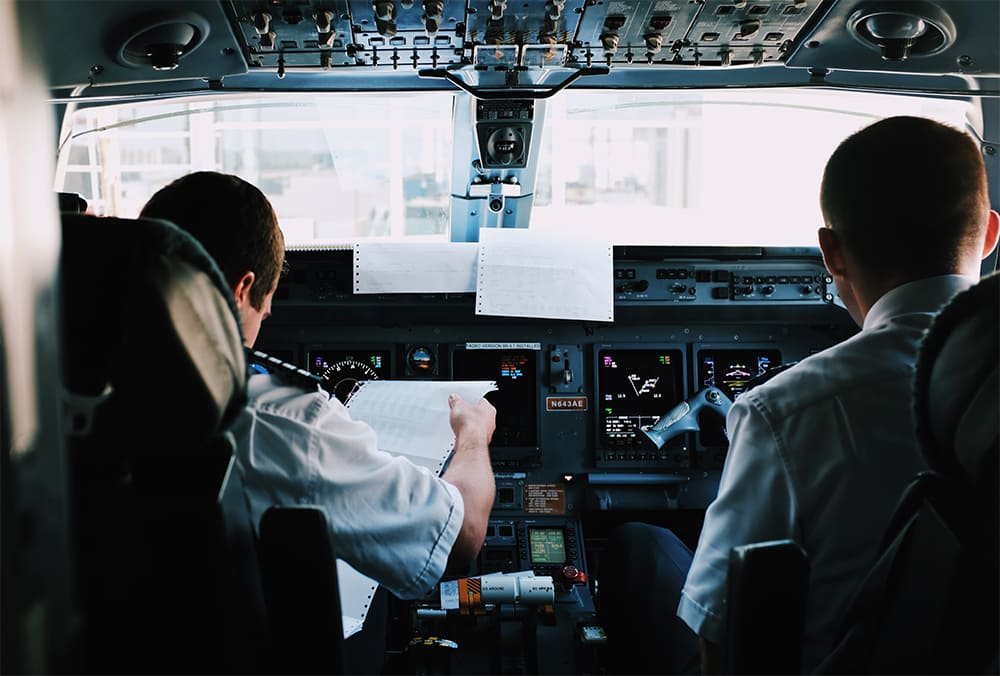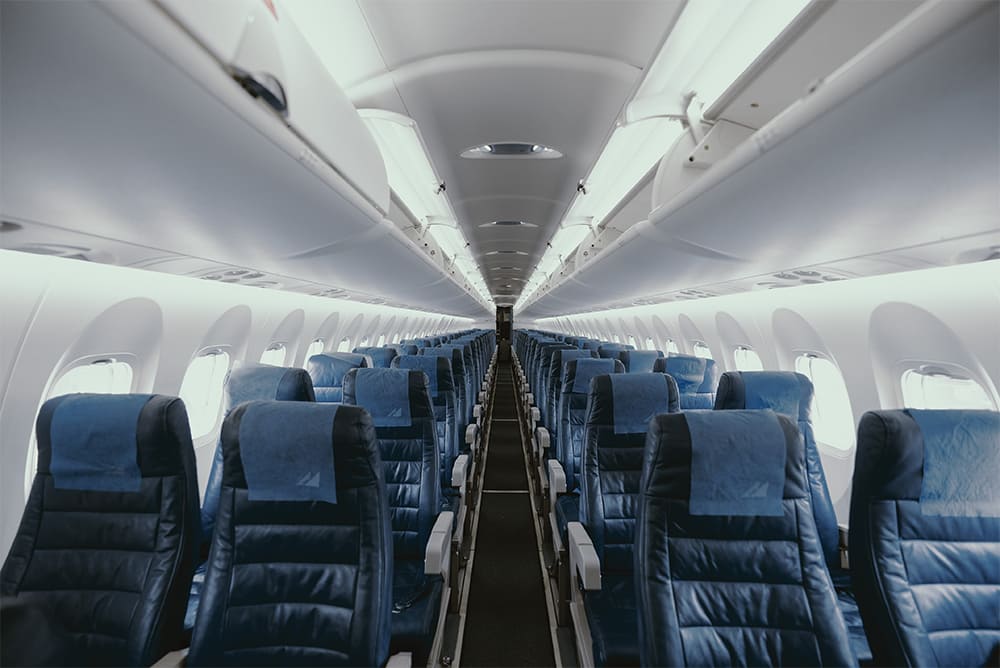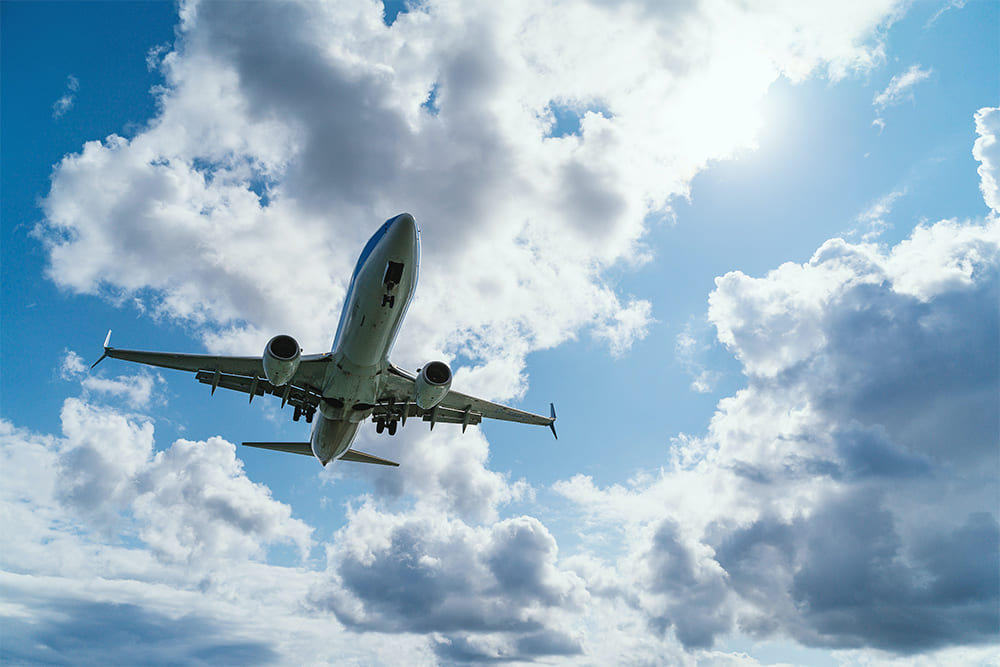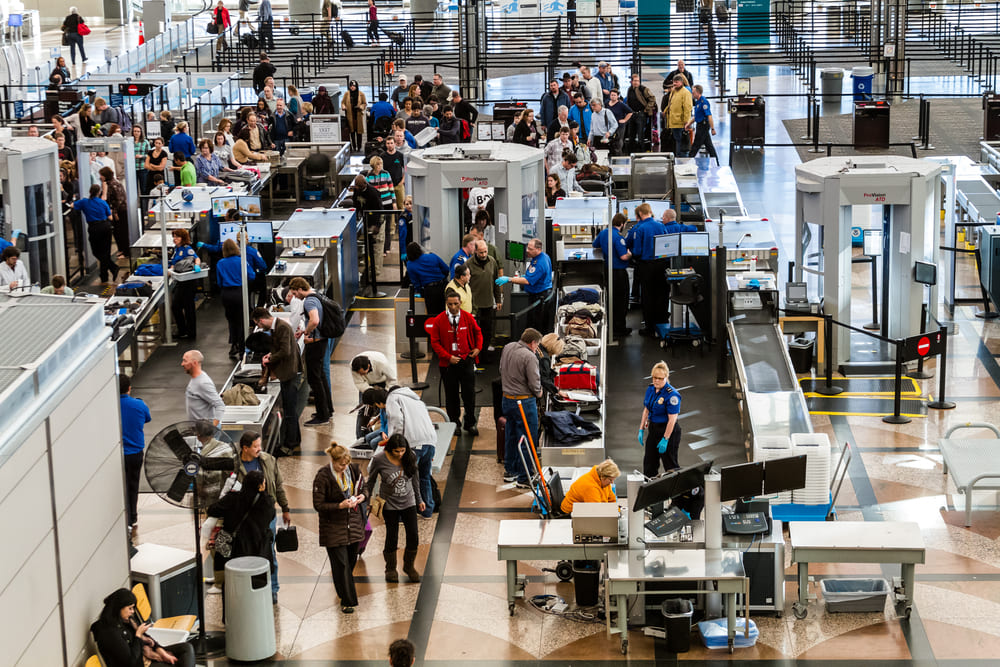Issues Discussed at the Global Aerospace Summit
Nov 3, 2022

The U.S. Chamber of Commerce, which represents more than 3 million businesses in the country, held the 2022 Global Aerospace Summit this September to discuss the pressing issues in the aviation industry.
Issues Discussed at the Global Aerospace Summit
Ahead of the summit, Carol B. Hallett, a 5,000-hour pilot who has served as legal counsel for the U.S. Chamber of Commerce, discussed some of the aviation industry’s current problems and concerns in a release on the Chamber’s website. These include:
- Workforce shortage
- Safety and security
- Sustainability
How Has the Workforce Shortage Impacted the Aviation Industry?
Air travel has returned to pre-pandemic levels, if not risen above them. The Transportation Security Administration said they screened 8.76 million passengers this Labor Day, compared to 8.2 million in 2019. This was the first time travel numbers for a holiday exceeded that of a comparable holiday in 2019, indicating a resurgence from the COVID-19 pandemic. However, the jobs lost during the pandemic have not all been recouped. The aviation industry could face a shortage of 26,000 pilots by 2030 if things don’t change, according to a Jefferies Group analysis.
Commercial airlines, business aviation, and general aviation have all faced challenges due to the workforce shortage. “A lot of the issues boil down to simply being a lack of workforce,” Hallett said in the Chambers’s statement. “That is from pilots to mechanics, air traffic controllers, to ground crews, you name it.”
Fixing the Aviation Workforce Shortage
Creating more robust talent pipelines can help introduce more people to the aviation industry, whether they wish to become a pilot, a flight attendant, or a mechanic. Some companies already have pilot partnership programs in place, such as Delta Airlines, Wheels Up, ATP Flight School, and Flexjet.
During a discussion at the Global Aerospace Summit, Alaska Airlines President and CEO Ben Minicucci said that the company has invested in creating a pilot academy called True North to hire diverse BIPOC pilots from HBCUs. Additionally, the company is committing to retaining the talent it currently has, signing extensions through 2026 with many of its airport workers.
Focusing on Sustainability in Aviation
Sustainability is another issue the aviation industry is trying to address. Currently, global aviation emits 1 billion tons of carbon dioxide per year. As climate change becomes increasingly pressing, the aviation industry must address its role in the crisis.
There are many ways that the industry can address this, which Hallett spoke to in the Chamber’s statement. “First, we are redeveloping old technology—creating better engines, modeling more aerodynamic planes, and utilizing technology that ensures planes get from point A to B as fast as possible with as minimal a carbon footprint as possible,” she said. “Second, aviation fuel and engines are changing, with the industry looking at hydrogen, developing biofuels, and inventing new cleaner mixtures.”
What Are Airlines Doing to Be More Sustainable?
Airlines can make many changes to be more sustainable, including changing their routes to be more fuel efficient. At a fireside chat during the summit, Michael Rousseau, President and CEO of Air Canada discussed the airline’s commitment to sustainability and its goal to reach net zero emissions by 2050.
The airline recently purchased a fleet of 30 electric regional jets from Heart Aerospace. “These planes are well-positioned to replace the existing [regional jets] by the end of the decade [and] fly to smaller markets within Canada,” Rousseau said. “There’s going to be a lot of opportunity, and the fact that we can go with zero emissions is a big step forward.”
Safety and Security in Aviation in 2022
Lastly, safety was a big topic at the Global Aerospace Summit. The commercial airline industry has seen overall improvements in safety over the last few years. For example, of 21.6 million departures in 2021, only one was fatal. Additionally, there was a 9.8% decrease in global accident rates from 2020 to 2021, and fatalities decreased by 66%.
Improvements in Commercial Flight Safety
The Honorable David P. Pekoske, Acting Administrator of the TSA, said during a fireside chat at the Global Aerospace Summit that the agency is promoting one-stop security. One-stop security helps blend the TSA’s safety and security guidelines with those of other countries. It would also be a more efficient security procedure for passengers.
“I would expect that in the not too distant future, we will see some one-stop arrangements if only outbound from the U.S. at first,” Pekoske said.
KEEP UP WITH THE LATEST IN AVIATION NEWS
Get the latest updates about the aviation industry on our blog.
For informational purposes only.





